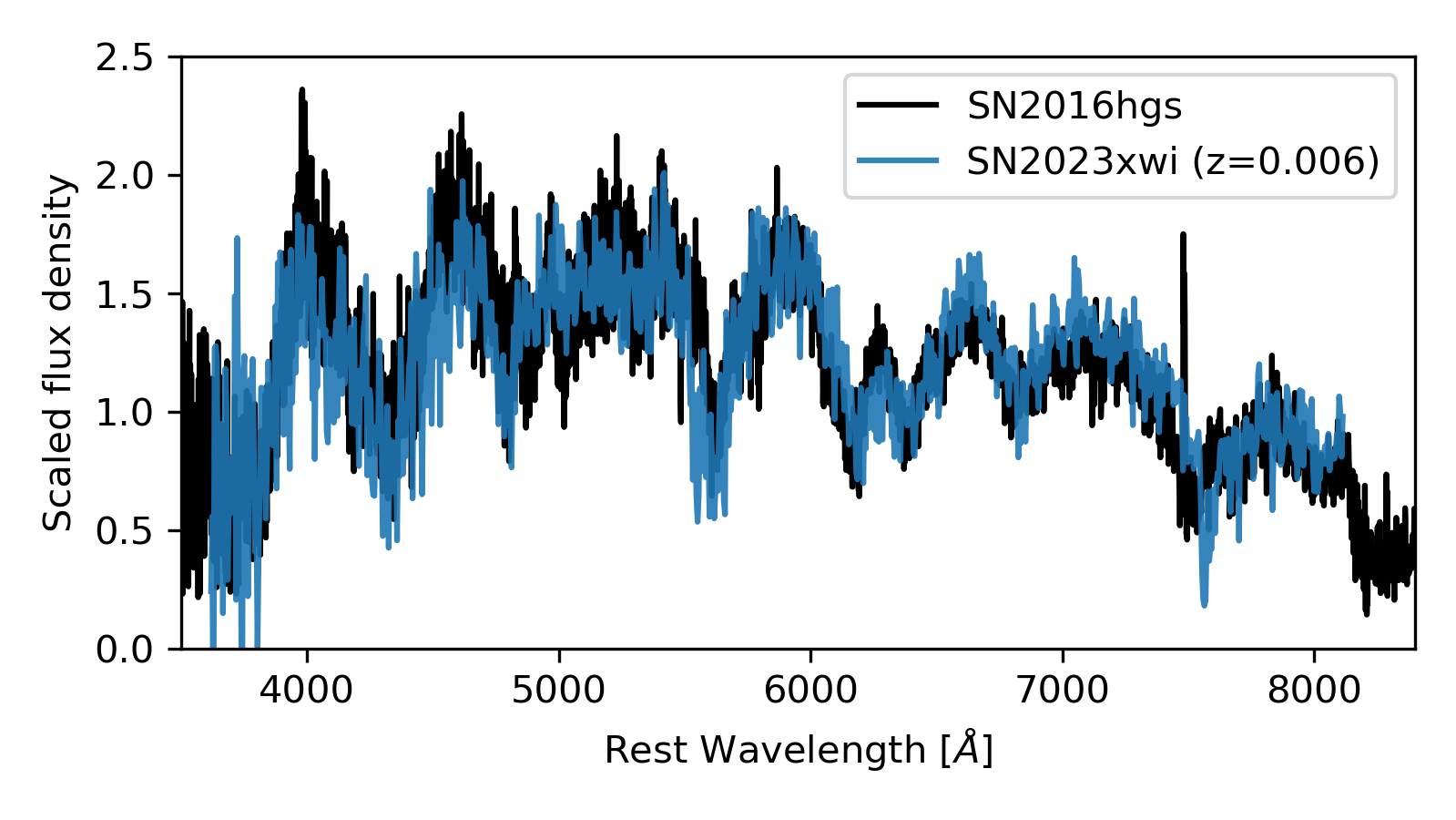Padova-Asiago Supernova Group
The Asiago Transient Classification Program
PresentationThe program started in 2011 with the aim to classify all transients that are accessible from Asiago and are bright enough for our telescope/instrumentation. We use mainly the 1.82m Copernico telescope of Cima Ekar and, if not available, the 1.22m Galileo telescope of the Pennar station. A few cases of transients classified by our group with other facilities (eg. TNG) are included in the database.
Transient classification information and spectra (fits format) are made immediately available at our site. The spectra are semi-automatic reduction with archive calibration data. Please keep this in mind when using them.
For SN classification we compare the output of two automatic SN classification codes: Gelato (Harutyunyan et al. 2008, A&A 488, 383) and SNID (Blondin and Tonry 2007, Ap.J. 666, 1024).
If you use some of the information posted in these pages please make a reference to the paper Tomasella etal. 2014, A.N. 335, 841.
Latest classifications
| sn | galaxy | RA | DEC | discoverer | type | redshift | ref | class | fits |
2023xwi
2023xwi
Discovered by: MASTER
The spectrum is that of Ca-rich SN Ib. Next Generation SuperFit finds, for example, an excellent match with SN2016hgs at a phase of +6d after maximum light for redshifts z < 0.01. The remote location of SN2023xwi is consistent with the classification as a Ca-rich transient.
Discovered by: MASTER
The spectrum is that of Ca-rich SN Ib. Next Generation SuperFit finds, for example, an excellent match with SN2016hgs at a phase of +6d after maximum light for redshifts z < 0.01. The remote location of SN2023xwi is consistent with the classification as a Ca-rich transient.
